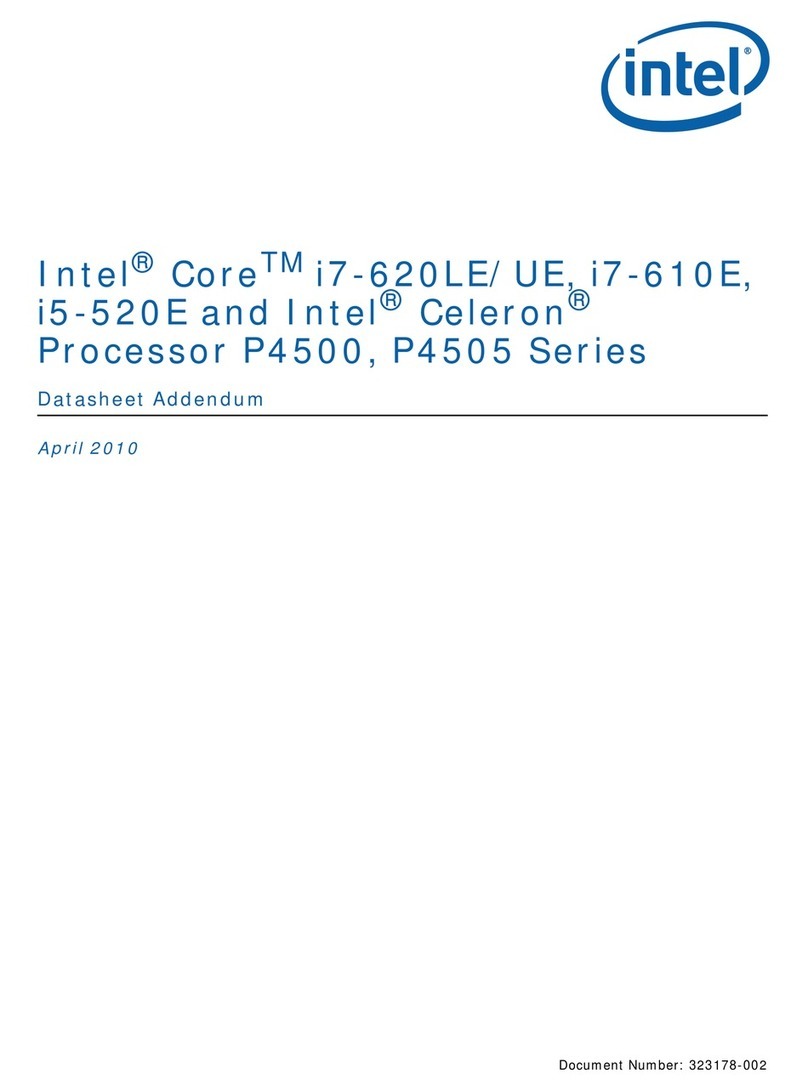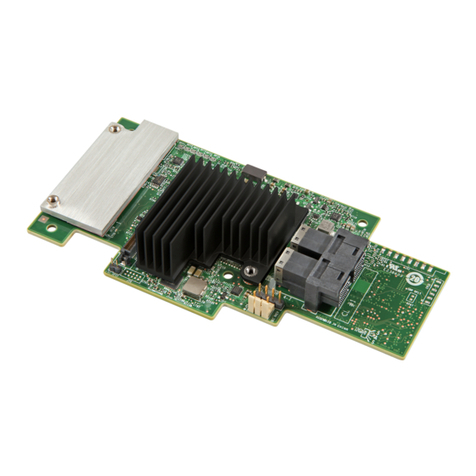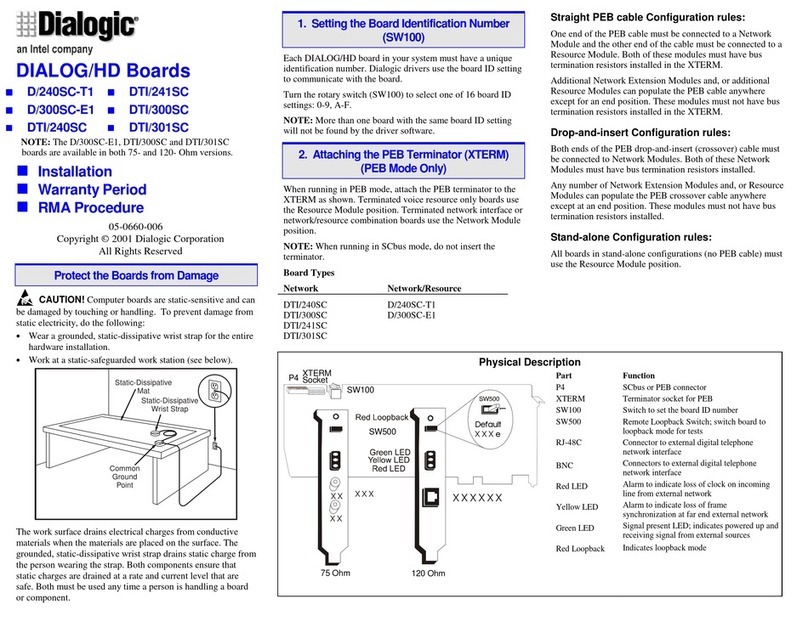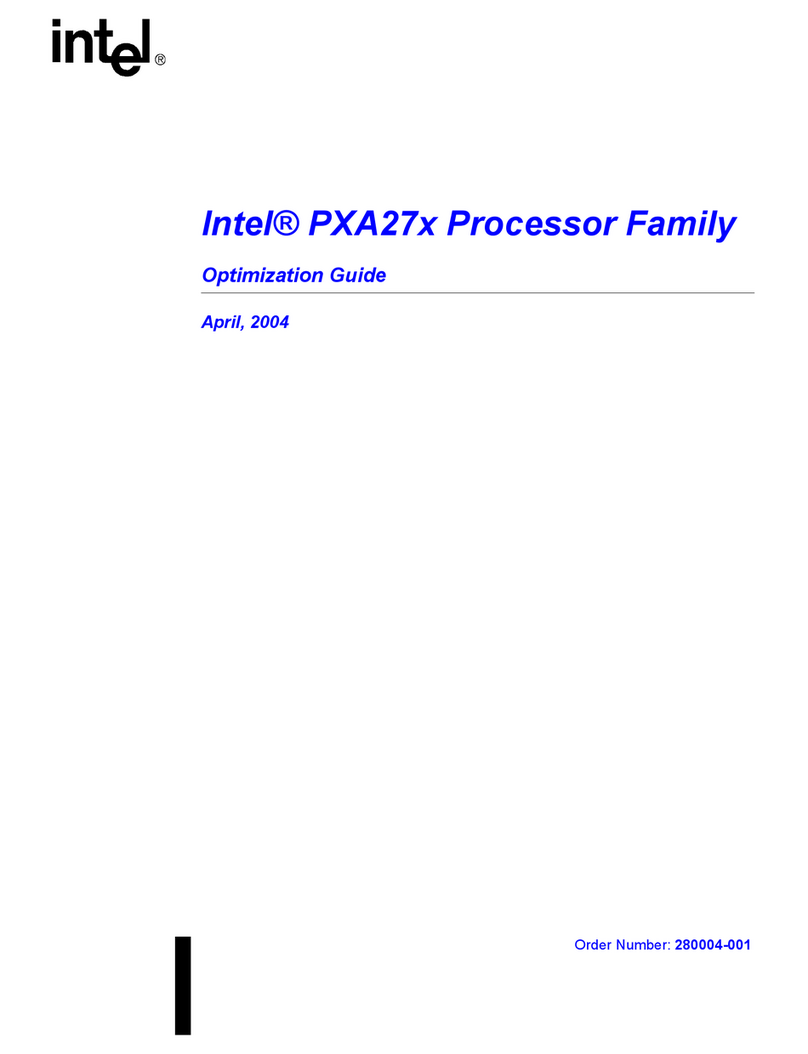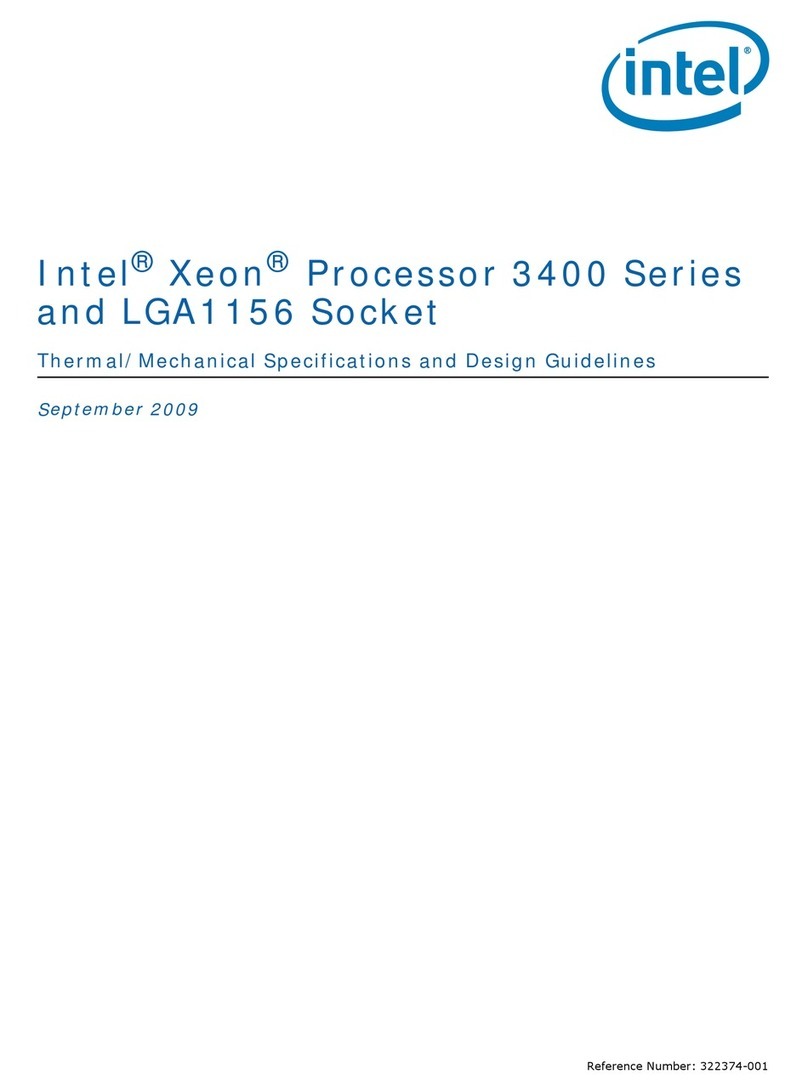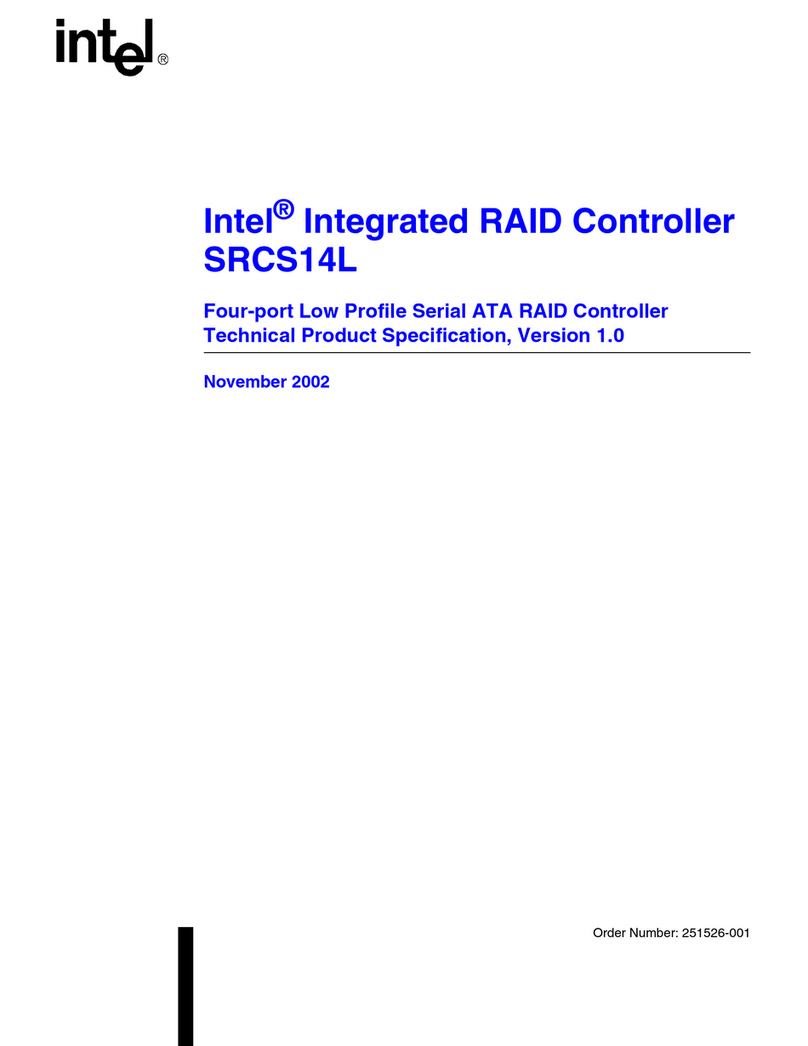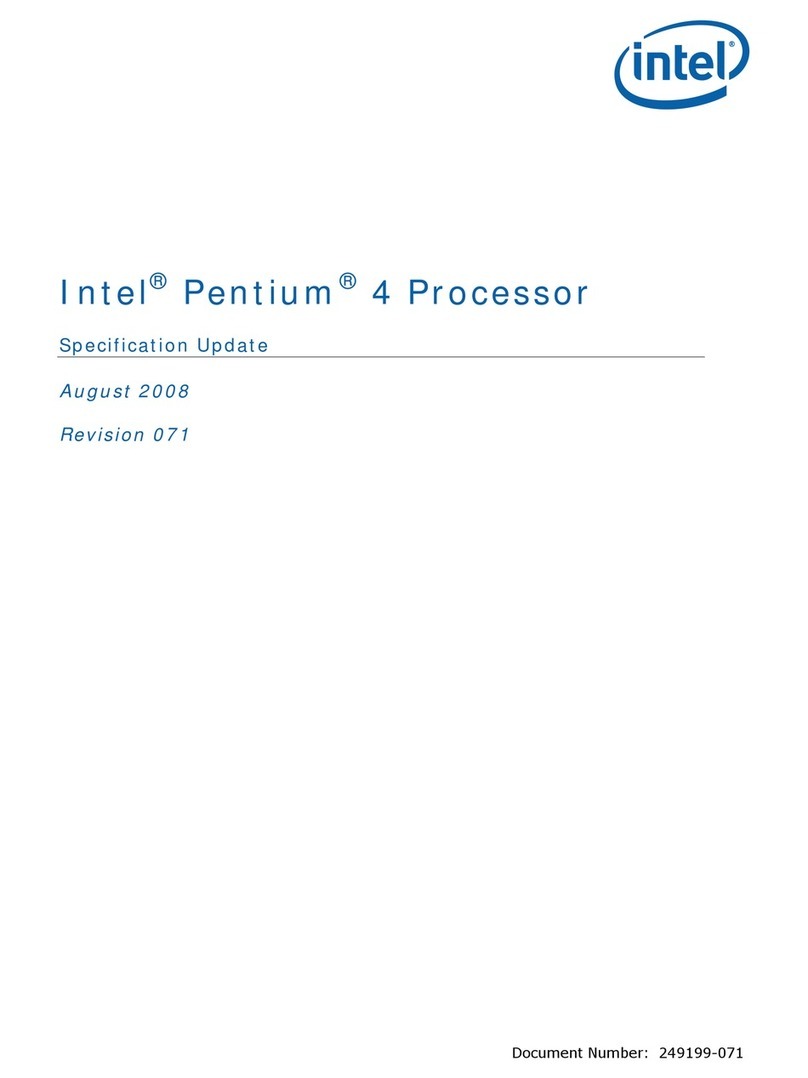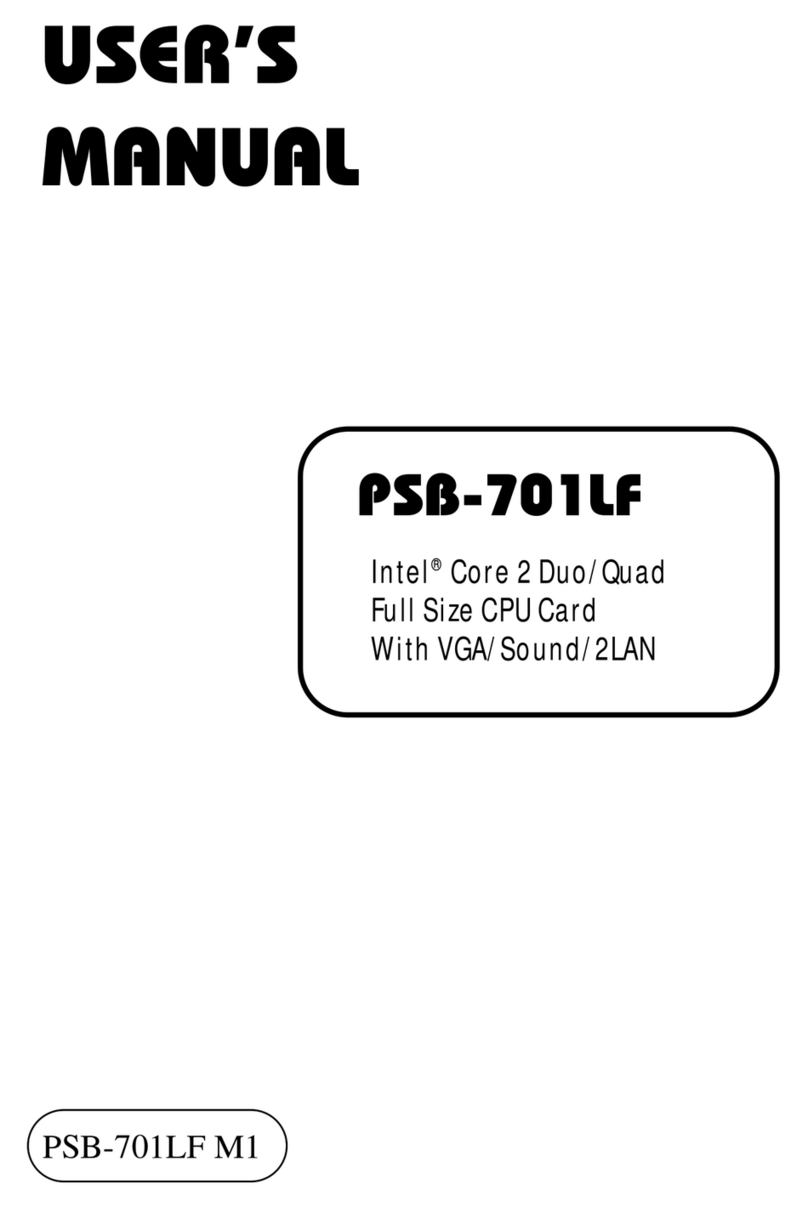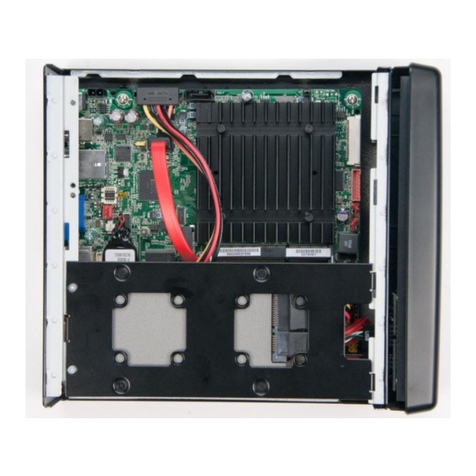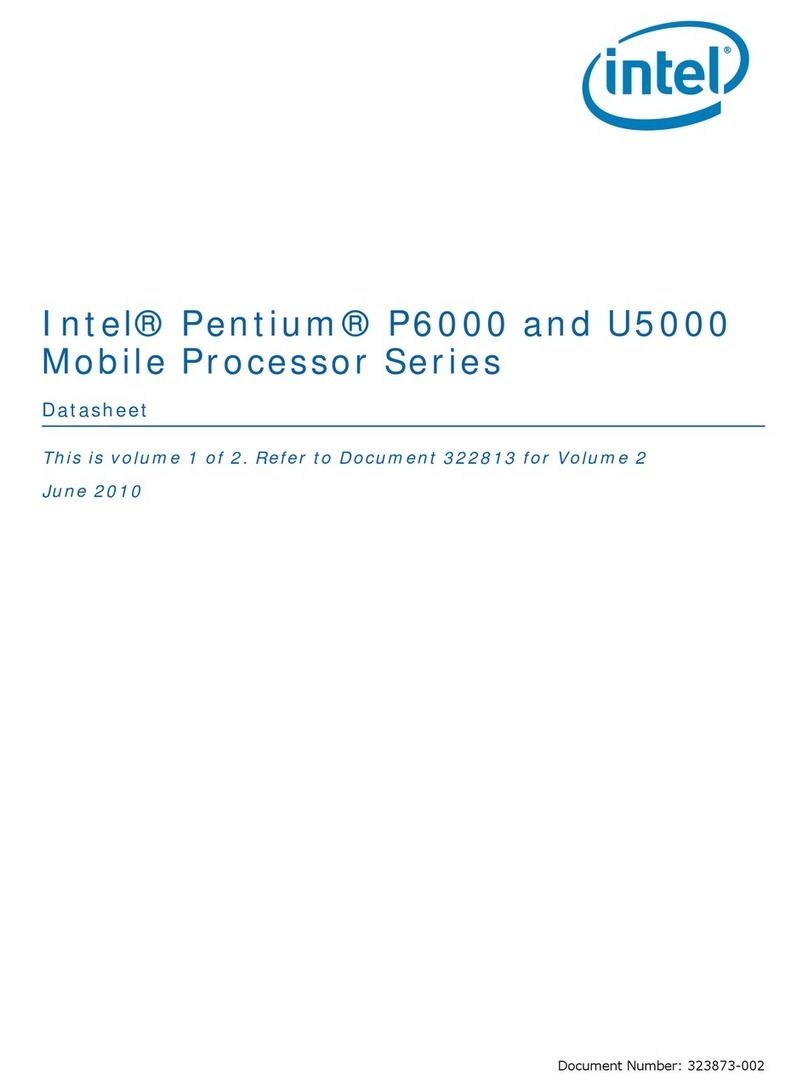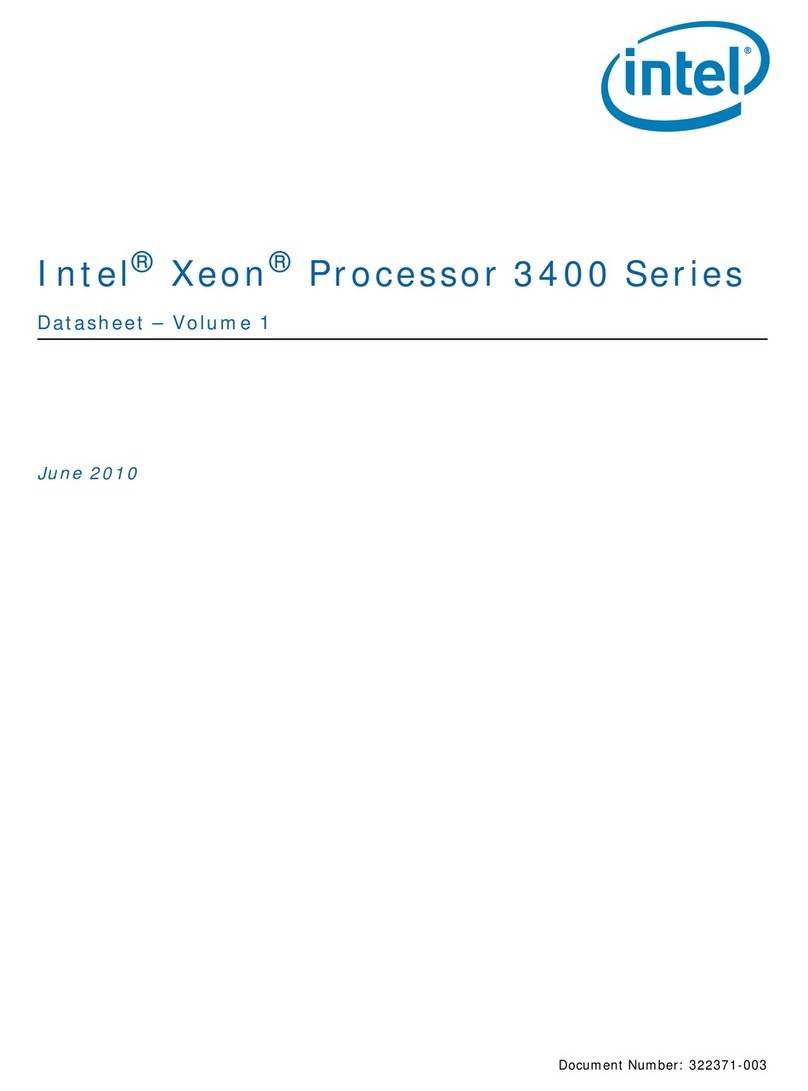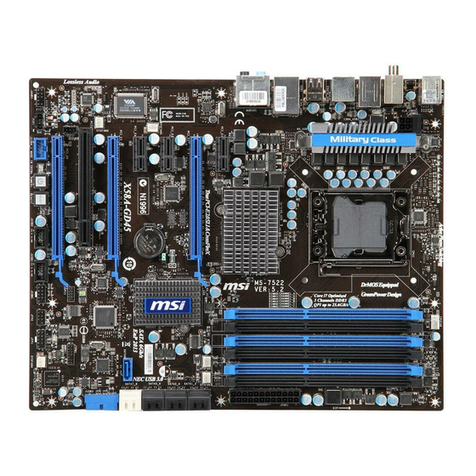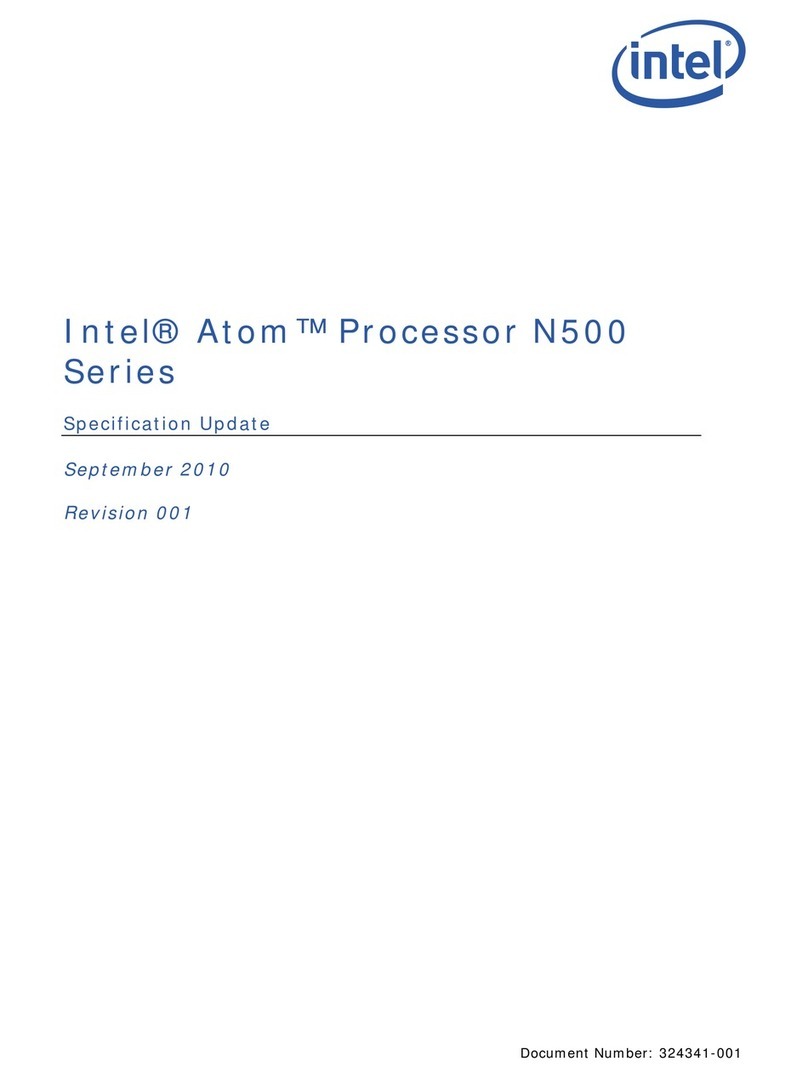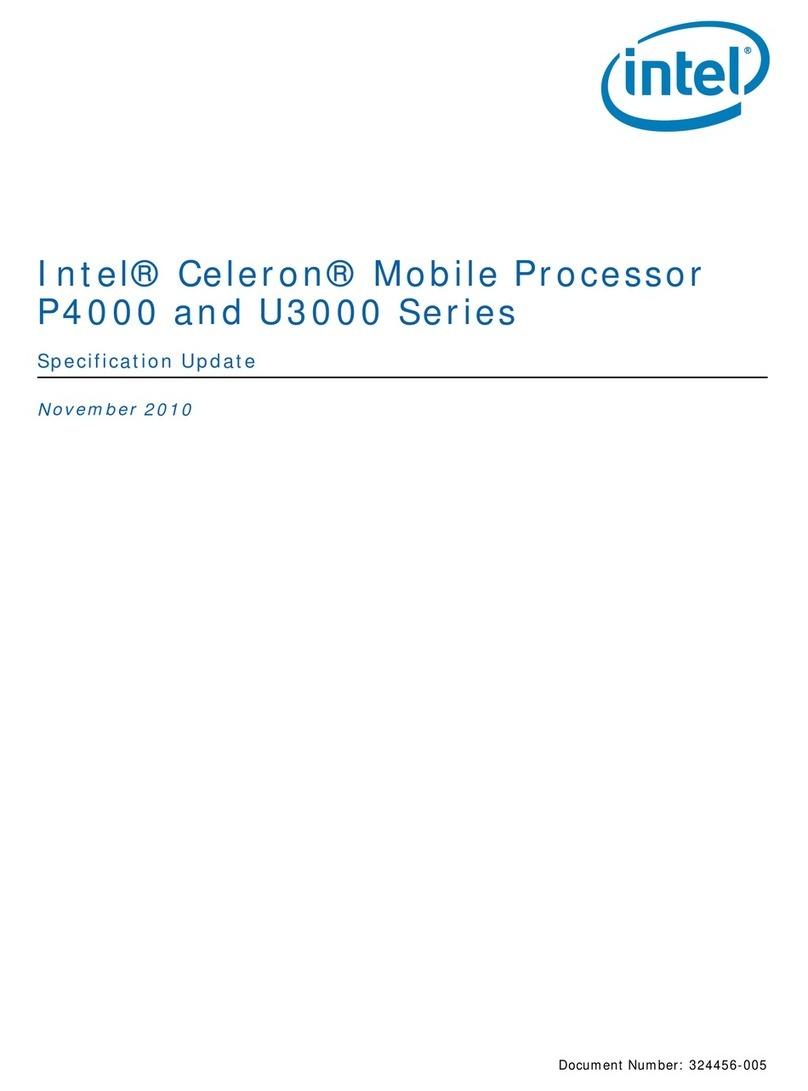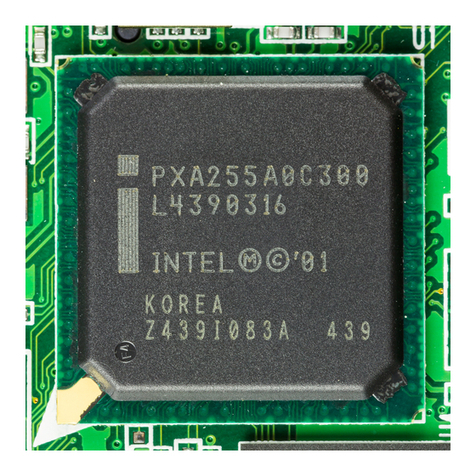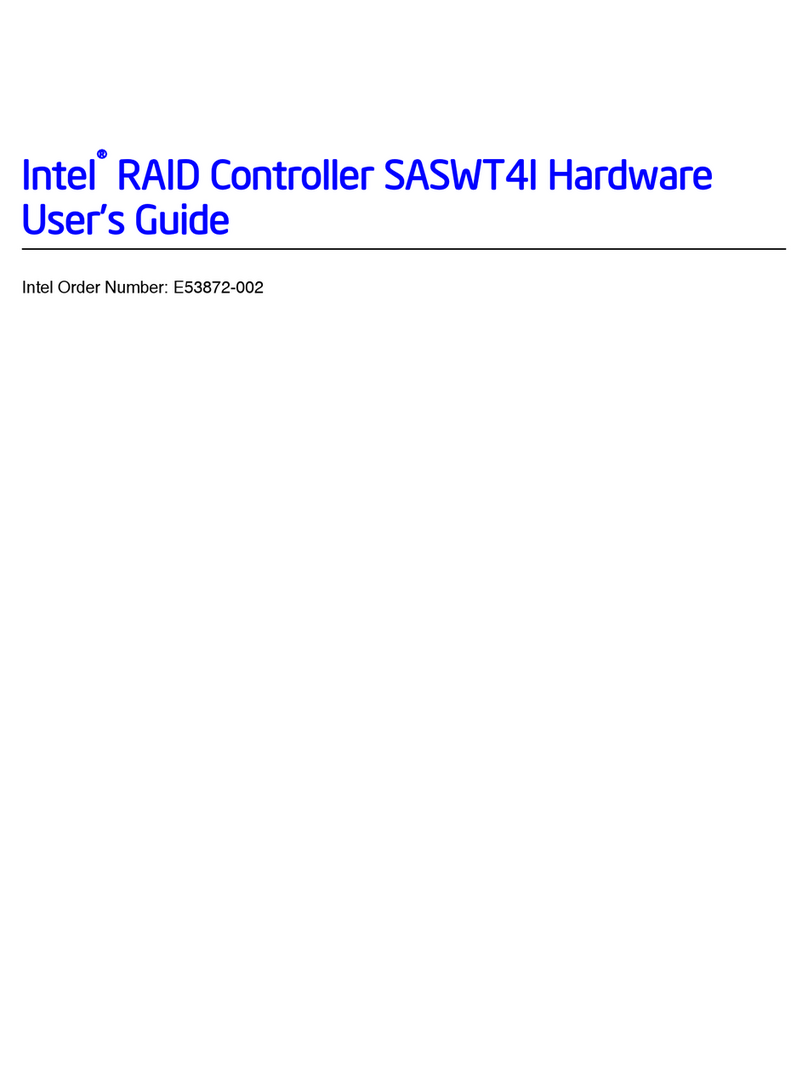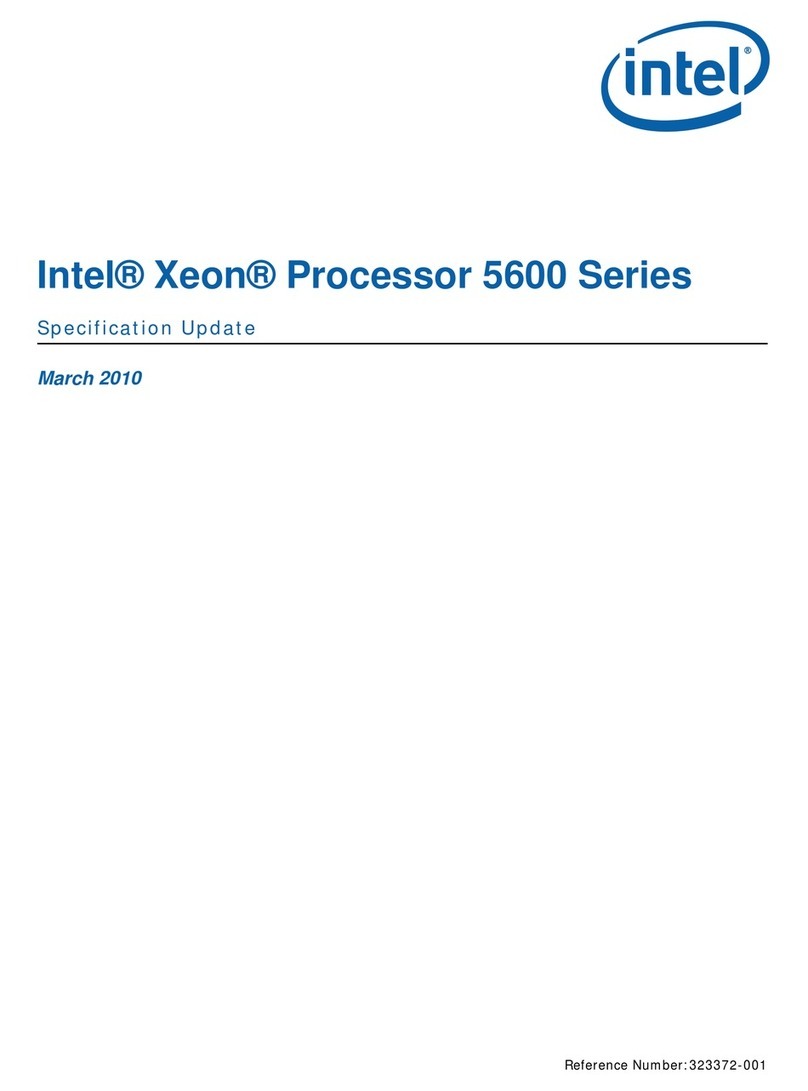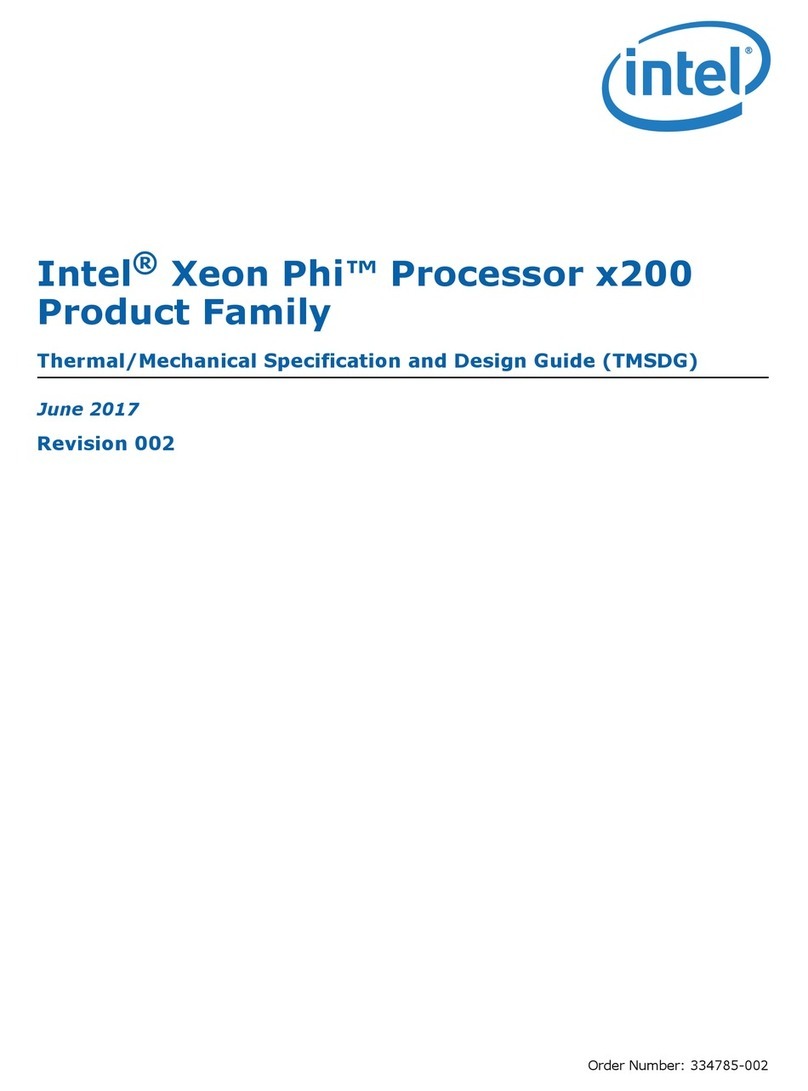
1. Intel® Stratix® 10 Device Security Overview
Intel® Stratix® 10 devices provide flexible and robust security features to protect
sensitive data, intellectual property, and the device itself under both remote and
physical attacks.
Intel Stratix 10 devices provide two main categories of security features:
authentication and encryption.
Authentication ensures that both the firmware and the configuration bitstream are
from a trusted source. Authentication is fundamental to Intel Stratix 10 security. You
cannot enable any other Intel Stratix 10 security features without enabling owner
authentication. Integrity checking which is part of authentication prevents accidental
bitstream change, corruption, or malicious attack.
Encryption prevents theft of intellectual property. Encryption protects confidential
information in the owner configuration bitstream.
Here are the specific security features that Intel Stratix 10 devices provide:
Authentication Category
• Elliptic Curve Based Public-Key Authentication: This feature allows the device to
authenticate Intel firmware and the configuration bitstream. Intel Stratix 10
devices always require firmware authentication for all Intel firmware that loads
into silicon. This requirement ensures that Intel is the only source that provides
the primary firmware for the Secure Device Manager (SDM) and most other
firmware that runs on other configuration processors in the Intel Stratix 10 device.
Intel Stratix 10 devices do not require authentication for the owner configuration
bitstream. You enable authentication for your configuration bitstream through
eFuse settings. After you program the hash of the root public key into eFuses, the
Intel Stratix 10 device only accepts an owner configuration bitstream that is
signed with corresponding private signing key.
• Anti-tampering security feature: Anti-tampering addresses physical attacks on
silicon. There are two categories of anti-tampering features: passive and active
anti-tampering.
— The passive anti-tampering feature enforces physical security features using
redundancy and interlocking systems. Passive anti-tampering is always
running on Intel Stratix 10 devices. Passive anti-tampering functions do not
operate in response to a particular function.
— Active anti-tampering responds when the silicon detects physical attacks from
the outside. By default, all active anti-tampering functions are off. When the
active anti-tampering function is on, you can select which detection functions
and responses to enable.
UG-S10SECURITY | 2019.05.10
Send Feedback
Intel Corporation. All rights reserved. Agilex, Altera, Arria, Cyclone, Enpirion, Intel, the Intel logo, MAX, Nios,
Quartus and Stratix words and logos are trademarks of Intel Corporation or its subsidiaries in the U.S. and/or
other countries. Intel warrants performance of its FPGA and semiconductor products to current specifications in
accordance with Intel's standard warranty, but reserves the right to make changes to any products and services
at any time without notice. Intel assumes no responsibility or liability arising out of the application or use of any
information, product, or service described herein except as expressly agreed to in writing by Intel. Intel
customers are advised to obtain the latest version of device specifications before relying on any published
information and before placing orders for products or services.
*Other names and brands may be claimed as the property of others.
ISO
9001:2015
Registered

